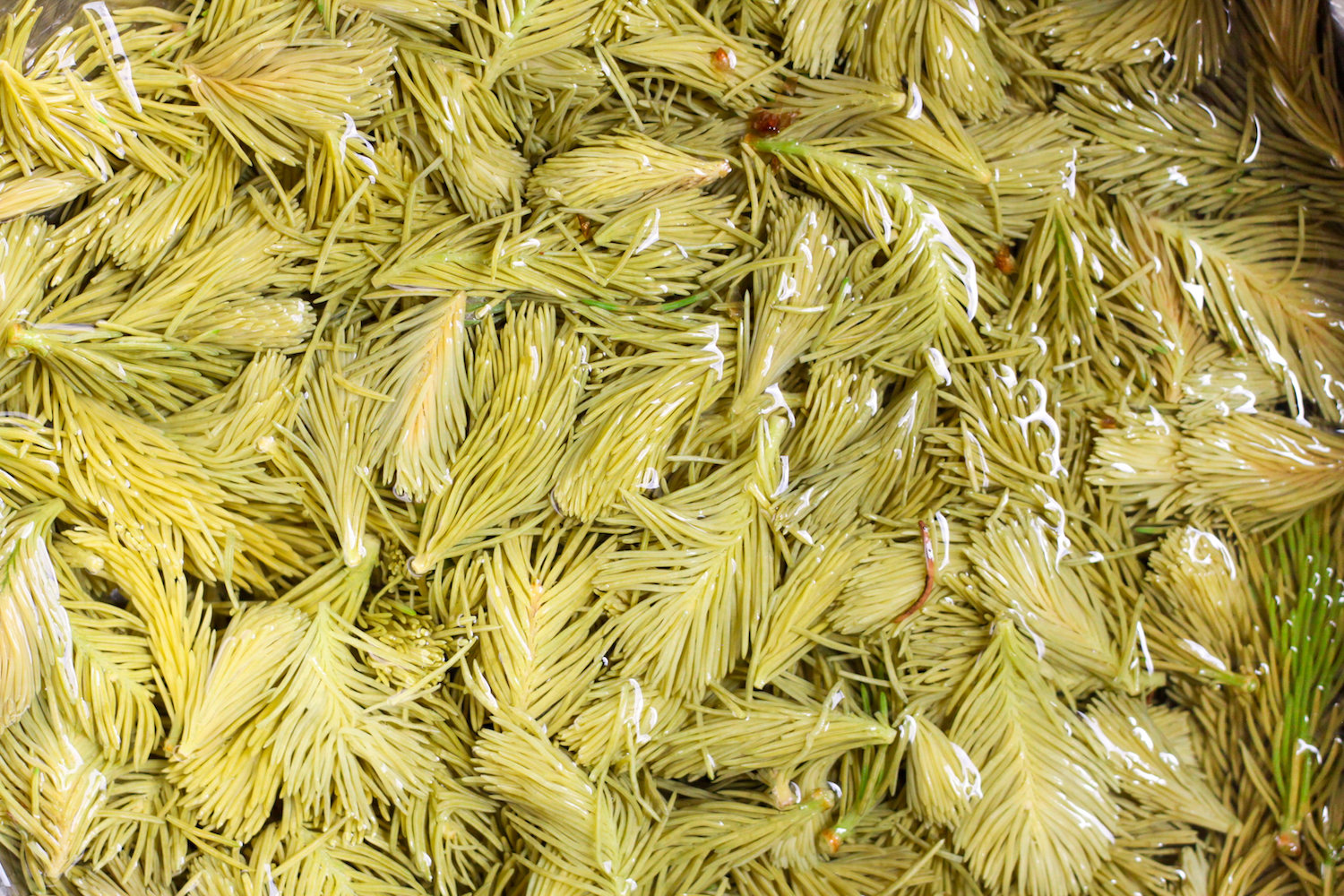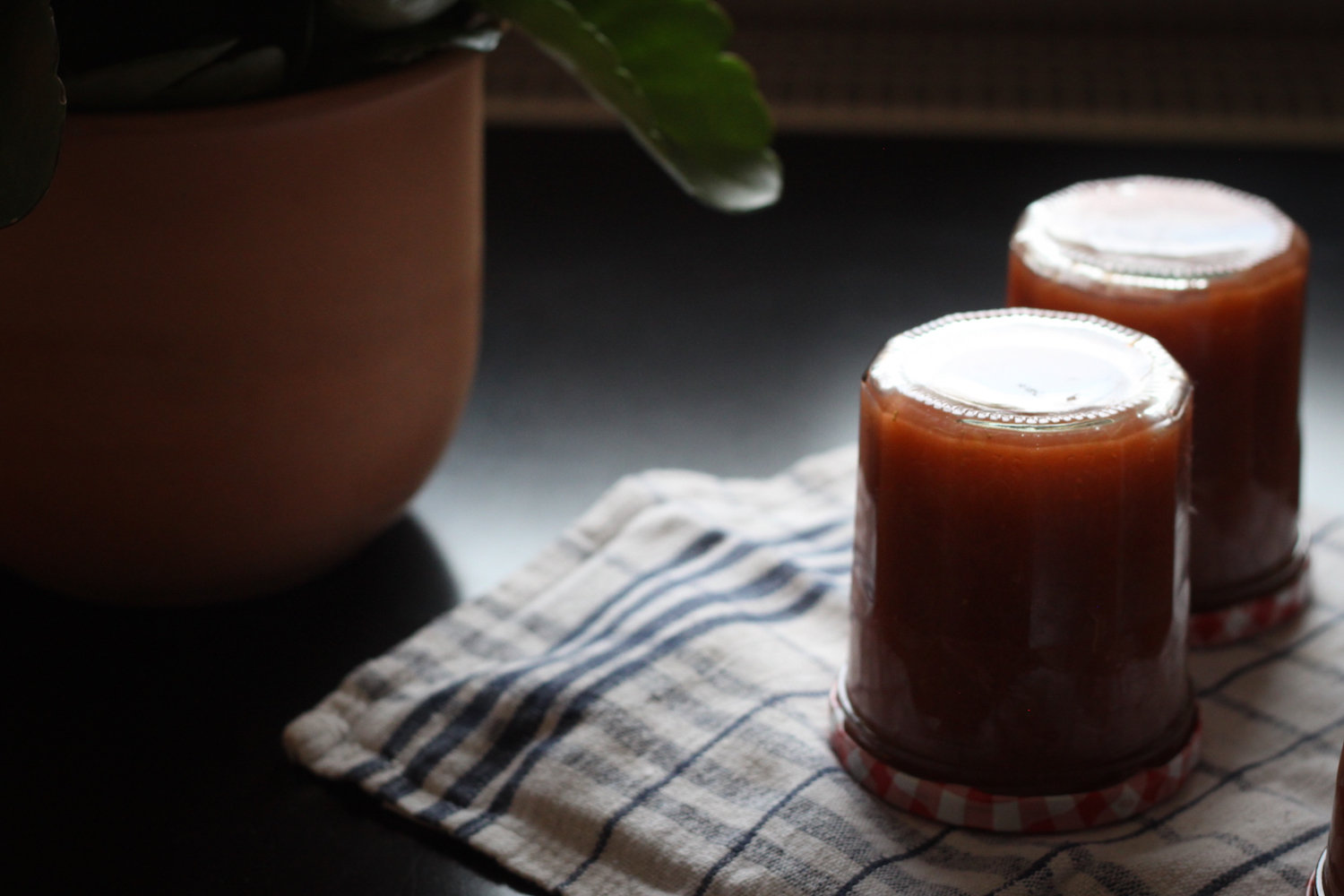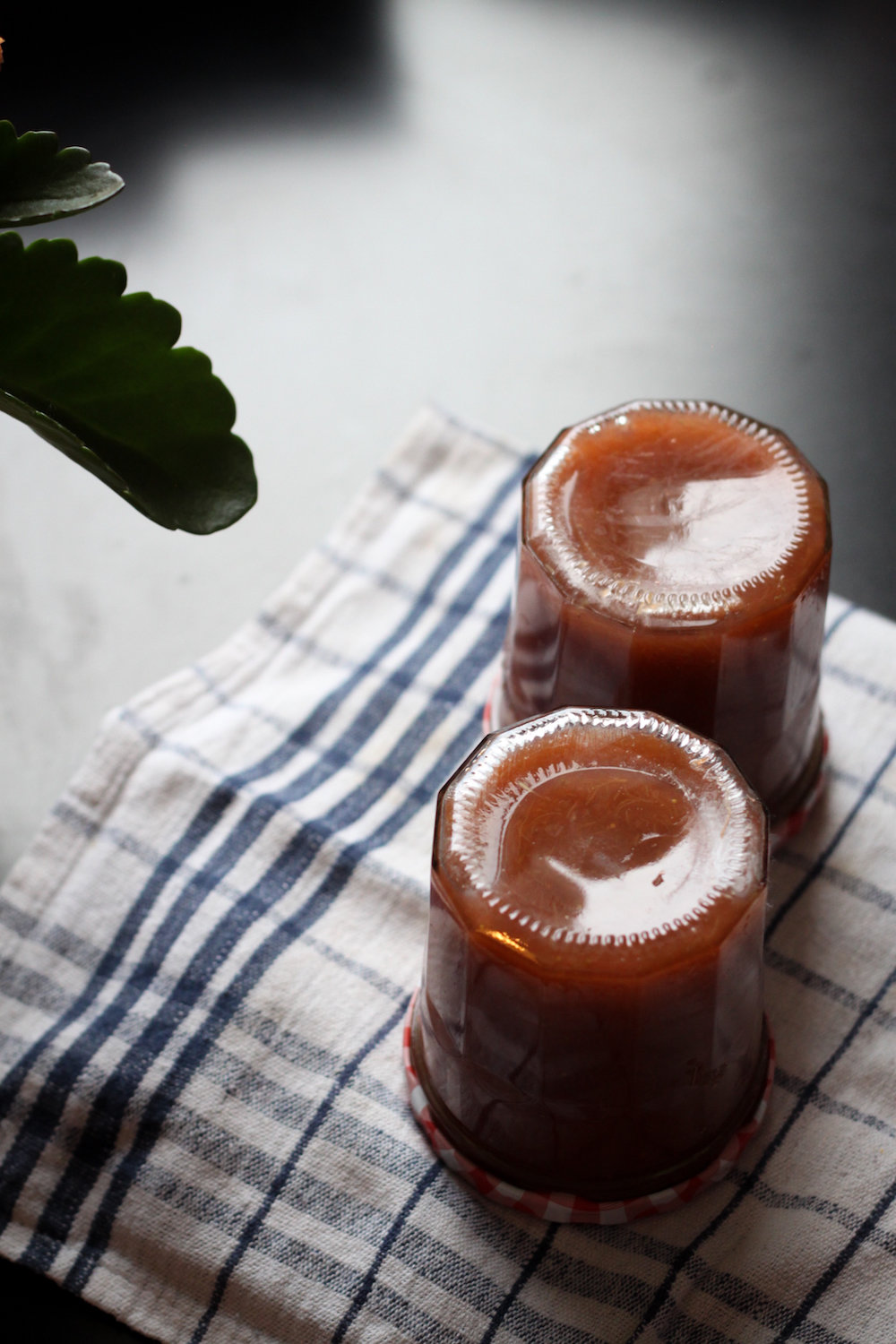On Lost Knowledge
June 7, 2016

Not long ago, while visiting family down south in the lush, low mountains of Germany, I spotted a cluster of sweet woodruff in the woods. The ground was covered with it, bright green fans of star-shaped leaves bursting with clusters of tiny white flowers. I plucked a leaf and crushed it between my fingers, inhaling its herbal scent, then snapped it up between my teeth, surprised by the tingly punch of cinnamon that pricked my tongue. It was then I remembered something about woodruff’s toxicity – the coumarin that lends it its sweet, grassy fragrance is also moderately toxic to the liver and kidneys. And I couldn’t quite remember if fresh woodruff was one of those things you weren’t supposed to eat. So I spat out the remnants of crushed leaves, still feeling the warm prickle on my tongue. Mother, I promise someday to stop putting unidentified foods from the woods in my mouth.


Sweet woodruff – or Waldmeister, as it is known in Germany – had been on my mind since sampling a craft-brewed Berliner Weisse topped off with a cap of woodruff syrup the marshy color of a toad’s back.
A sour, cloudy white beer, Berliner Weisse is mainly a summer beverage, and people in Berlin drink it doused with a too-generous shot of garish-colored syrup. Red is for raspberry and green is for Waldmeister, but both taste the same – loud, sugary, and thick. The drink has fallen out of favor, especially with the younger generation. It’s too artificial for our coolly understated tastes. And so I was surprised – but maybe not too surprised – to find a stand at a local craft spirits festival serving the “real” stuff: Brewbaker Berliner Weisse with home-brewed sweet woodruff syrup.
It was nothing like its neon twin – a backwoods relative who scoops the potato salad out by hand at the family picnic. It was nuanced with cinnamon and pine and freshly mowed hay. And it really was very lovely dribbled into the crisp and fruity sour. So when I found a cluster of sweet woodruff tucked away on the Swabian Jura, on the same plot of forest land I’ve been visiting since I was a child, it made me wonder what other treasures were growing wild.


My uncle is a pharmacist, with an extensive knowledge of wild plants and their medicinal uses. The woodruff, he said, had to be foraged before it bloomed, or else the coumarin content was too high and the aroma less potent. He pointed to a neighboring patch of nettle, whose leaves steeped into tea were good for bladder infections, joint pain, and gout. The pines lining the property were ripe with soft new growth, bushy as Koosh balls and with just the same texture. When their resin was leeched and boiled into syrup, it was an excellent treatment for cough. A spoonful swished inside the mouth and swallowed.
We drove to the railroad tracks and gathered bunches of field horsetail, a plant older than the dinosaurs. Dried and steeped in vodka, it can be used to strengthen nails and stimulate hair growth. The water in which it is cooked can be used to help plants grow and treat them for aphids.
I learned that plants must often be dried to concentrate their healing properties, that spirits are better at capturing their essences than water, that weeds are rarely as useless as they seem.

At home, I showed my grandfather the pine buds, and he called them “Tannenbrust,” using the old Swabian term, meaning something like “breast of the pine.”
“We used to make honey from them during the war,” he said. “We steeped them in water for a few days, then boiled the sappy liquid with sugar to make a thick syrup. It was almost like honey.”
“Wasn’t sugar hard to get?” I asked.
“Easier than other things,” he said. And then, “It’s good for when you have a cold.”

I was struck, once more, at all the knowledge my grandfather has. It shouldn’t be surprising, I guess – he grew up during the war, when food was scarce, and the land was an important source of medicine and sustenance. He’s always had a thriving garden, gone a little wild as he’s gotten older, with raspberry, blackberry, and currant bushes. He grows strawberries, lettuce, tomatoes, cucumbers, and beans. There’s a plum tree and a giant elderberry bush, and nothing goes to waste. What isn’t eaten fresh is dried or turned into juice, liqueur, jam, or fruit wine. He has worked in the forest all his life, he knows the names of all the trees and plants, how they grow and when they need to be cut back.
But as much as my grandfather knows, he doesn’t think to pass his knowledge on, because for a long time, no one cared. I asked him about this, and he just shrugged. “I think your generation is more interested than the last.”
We went out into the garden, and he cut some rhubarb for me to take back to Berlin, so I could make jam at home. The stalks, he said, were over 30 years old, had been growing back year after year, thriving in the cool, damp mountain air. We stood in the kitchen, him washing the rhubarb, me trimming it and slicing it into pieces on the mandoline. And I listened to him talk, about the forest and fruit, many stories I’ve heard before, a ritual we do.


Maybe my generation does care a little more. We already have it all, and so we have the luxury of doing things the hard way. We want to make our own preserves, forage for mushrooms and wild berries. We take courses on pickling, pay money to milk grass-grazing cows. There’s a novelty to it all, like we’re discovering these things for the first time.
But listening to my grandfather talk, I think, the knowledge is already there. It’s old and slow and passed along by word of mouth, a whole history of trial and error behind it. It’s true we may have stopped listening somewhere along the line, but the knowledge isn’t lost just yet. We simply need to know what questions to ask.
Fascinating post! I love the foraging of all kinds going on here…
Do you remember that I had woodruff planted in both gardens in Boiling Springs and Carlisle? It may still be at the side of the house in Carlisle.
No way! I didn’t even know what woodruff looked like until a few months ago. While writing this post, I looked back on a few older posts about the Eichland, and found a giant picture of woodruff I’d taken without having any idea what it really was. I’d labelled the picture “wildflowers.”
Your mom mailed me some back in the day from her garden to try growing it in Florida, but even in the shade, it was too hot for it.
Woodruff for medicinal purposes or flavoring (ie., May Wine) is to be used in moderation, and not long-term.
nice story…
I am now genuinely afraid of what would happen if we ever travelled to florally more dangerous countries than Norway and Ireland, to places where more poisonous plants than blueberries or woodruff grow.
So… the Amazon is out of the question?
I think Greenland would be pretty safe territory. Maybe Iceland as well.